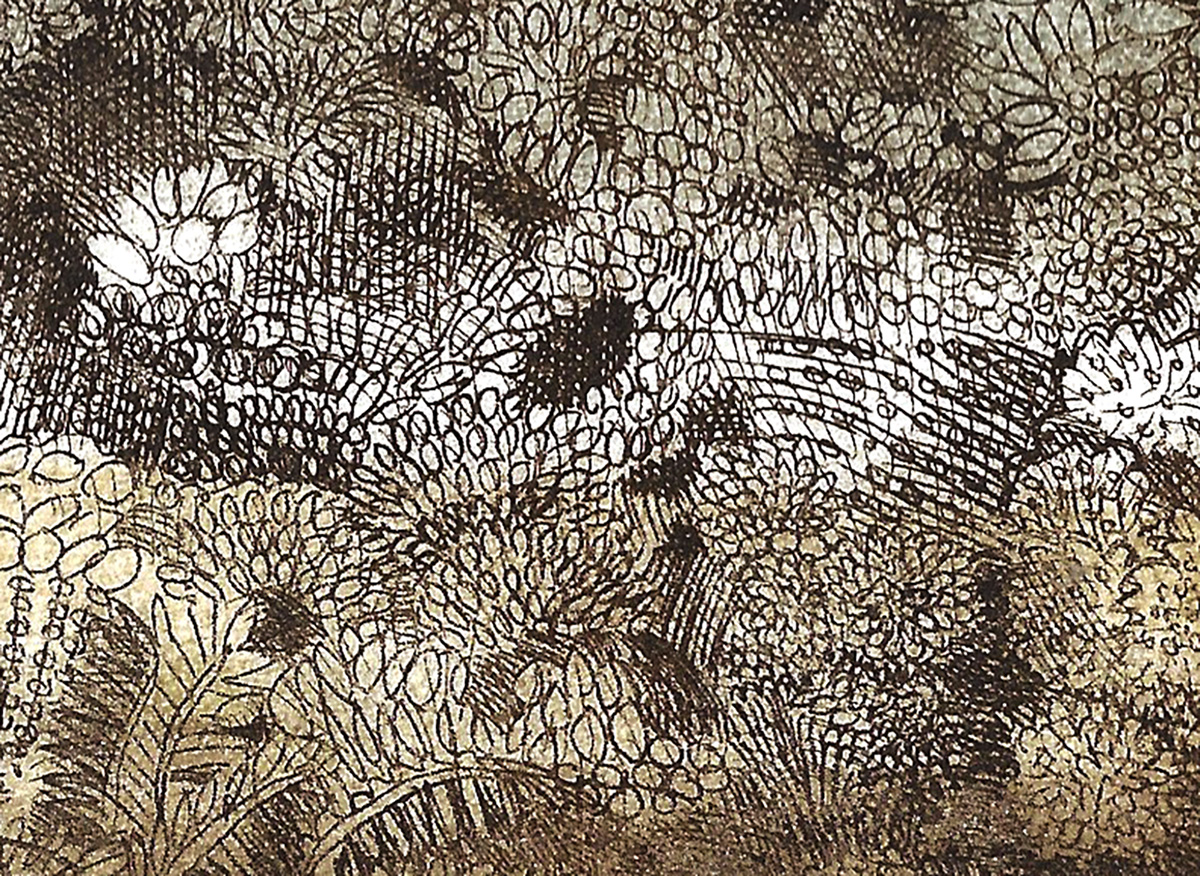
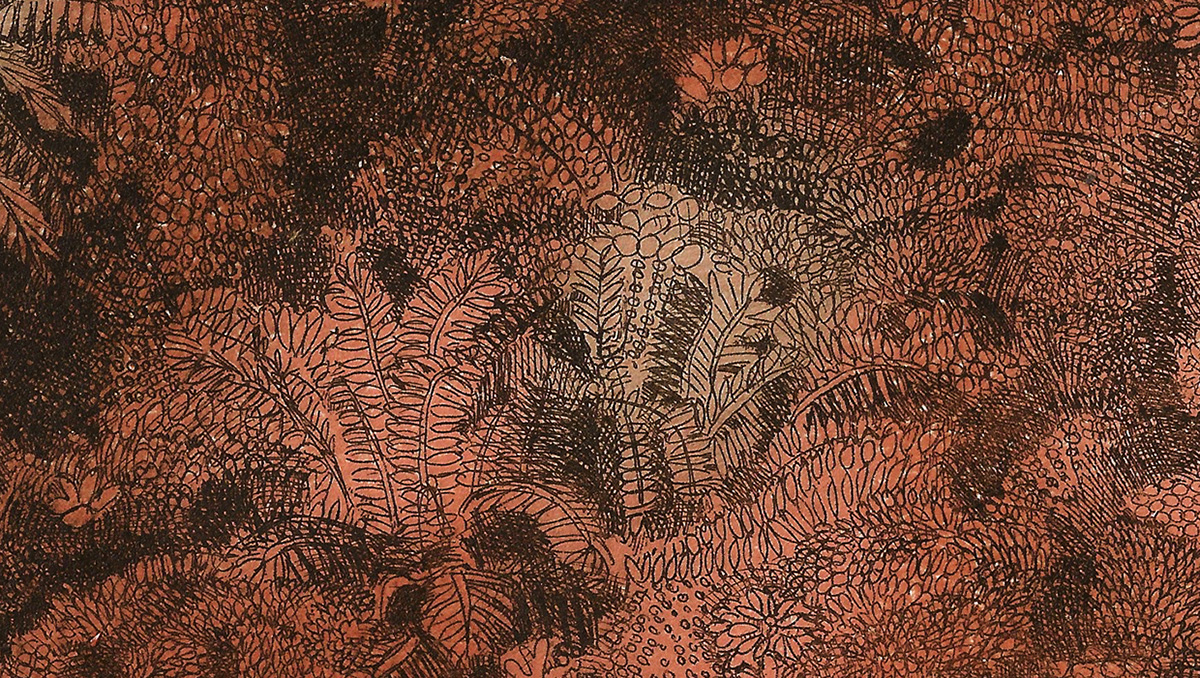
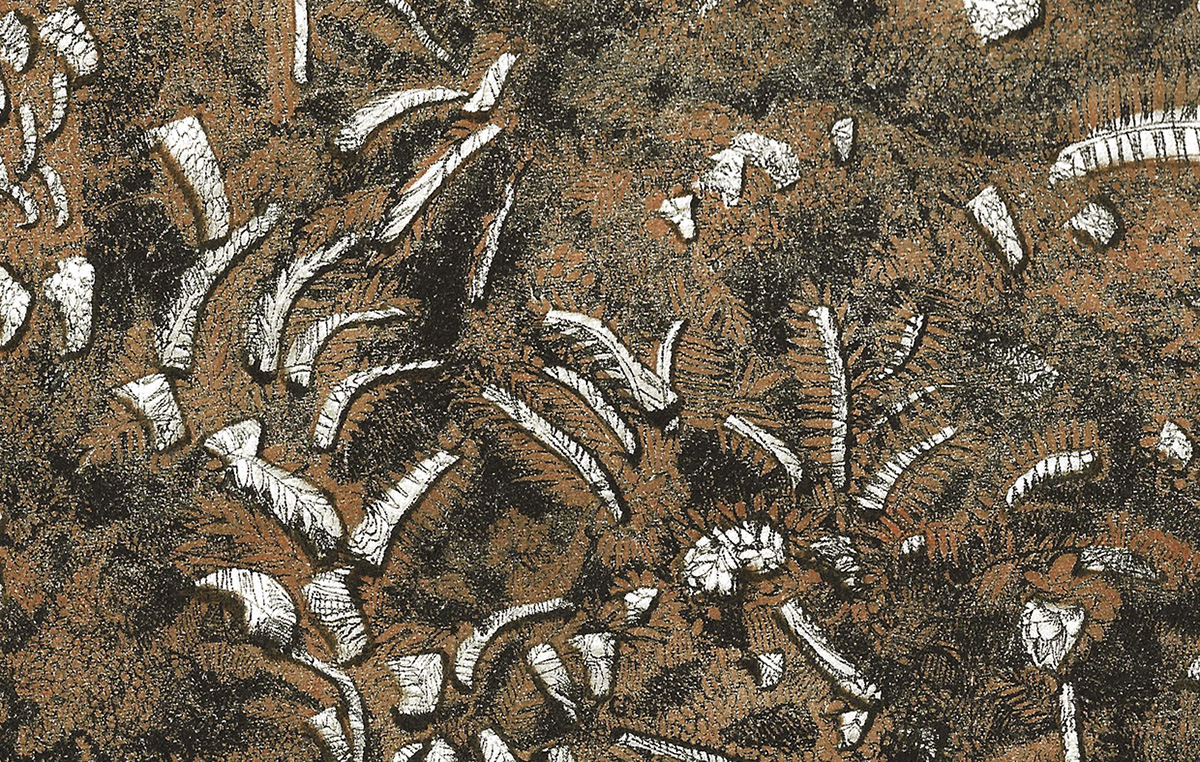
LIFE!
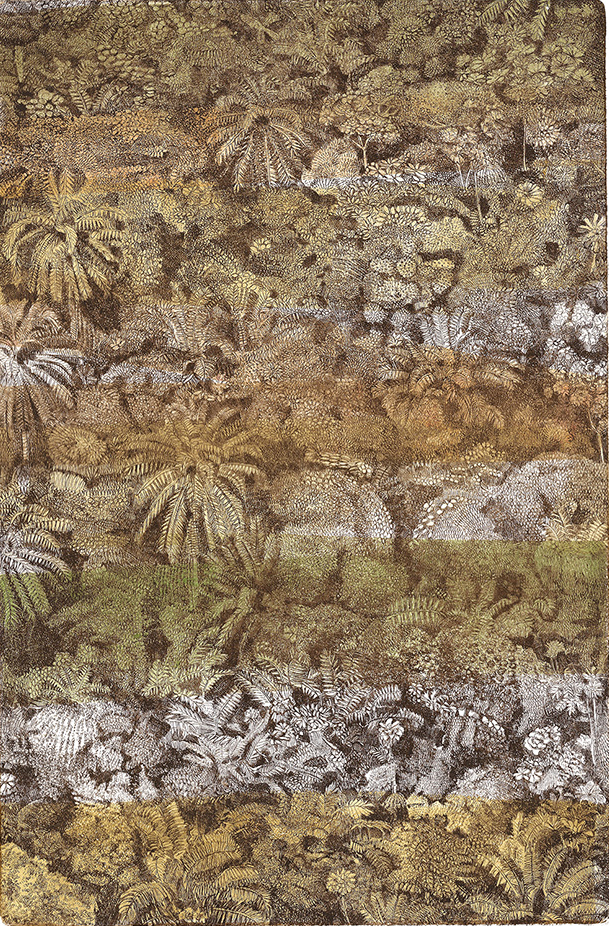
Scopri di più su questa tecnica Find out more about this technique
Se volete acquistare un’opera potete scrivermi in privato; il prezzo è specificato nelle info per ogni singola immagine, insieme con le misure sia della stampa che della carta, ed è al netto delle spese di spedizione. Potete pagare tramite Paypal (in questo caso l’acquisto è coperto dalla garanzia Paypal) o bonifico; in entrambi i casi emetterò una ricevuta o una fattura. Le immagini sono accurate, e riflettono fedelmente l'originale, ma se l'opera che vi arriva dovesse discostarsi da quanto vi aspettavate potete restituirla, ed io vi restituirò l'importo; le spese di restituzione saranno a vostro carico, e l'imballo dovrà essere accurato come quello che avete ricevuto. Nella causale del pagamento va specificato il vostro nome, cognome ed il titolo dell’opera; I costi di spedizione sono a carico del compratore, quindi la modalità di spedizione (poste ordinarie, corriere…) è di vostra scelta; purché preveda la tracciabilità del pacco. L’opera verrà spedita arrotolata, per evitare ammaccature; l’imballaggio sarà accurato. Ogni opera sarà accompagnata da una scheda tecnica firmata dall'artista dove sarà specificata la tecnica e la tiratura; sarà inoltre contrassegnata da un timbro a secco dell'autrice.
If you want to buy a work you can write to me in private; the price is specified in the info for every single image, along with the measures of both the print and the paper, and is to the net of the shipping costs. You can pay by Paypal (in this case the purchase is covered by the Paypal guarantee) or bank transfer; in both cases I will issue a receipt or an invoice. The images are accurate, and faithfully reflect the original, but if the work that comes to you deviates from what you expected you can return it, and I will return the amount; the return costs will be at your expense, and the packaging should be as accurate as the one you received. In the reason of payment must be specified your name, surname and the title of the work; The shipping costs are borne by the buyer, then the shipping method (ordinary post, courier...) is of your choice; provided it provides for the traceability of the package. The work will be shipped rolled, to avoid dents; the packaging will be accurate. Each work will be accompanied by a technical sheet signed by the artist where the technique and the print run will be specified; it will also be marked by a dry stamp of the author
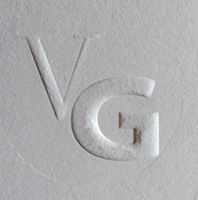
I finally began working on “Life!” during lockdown. Humans, confined to their homes; outside, life had regained its strength, its oxygen – the oaks, the bees, swallows, even the terrace had
come alive. Instinctively, I searched for an image that would be slow moving and detailed, a delicate, repetitive ‘tapestry’ – a simple form. What I did not imagine was how a pleasurable, bittersweet mechanism would set in motion a continual losing and finding of the thread. Which tree am I now? Where am I? What do I want to draw? Am I outside, in the open air (be careful to leave the white spaces), or am I downstairs, in the half-light (shall I make my strokes
heavier, creating shadows)? I am no longer lost; I continue drawing, losing myself over and over again, picking up from where I had left off. I know that this repeated ‘losing and finding myself’ occurs each time I leave the present, away from this two centimetre ray of light, away from the place in which I have now discovered to be, where I am now drawing. Why do I find so much pleasure in this? I really do not know. What I do know is that I experience a tranquil and concentrated activity, focussed on detail and the continual clarification of ideas within the security of my own home. I continued to etch the copper plate after the lockdown had finished; at this point though, I had had enough ‘embroidering’! I was impatient, incapable of further inspiration and mental expectation. The five etching phases (etching the plate five times) as well as adding further details proved to be quite stressful. The printing phase followed in July. Contrary to what usually happens with my work, this matrix turned out to be complete. It lacked nothing. There was little to add with the printing. On studying the result, I can see how I have divided my perception of life into two layers – one above and one below. Life is growing, maturing below the surface, invisible to the naked eye above. It is moving below, creating its own fertile characteristics – unknown, damp, rich, dangerous and mysterious. Following its course, life has no fixed points of orientation, determined by the horizon or the heavens, buried in a closed environment where all is equal – tree trunks, creepers, ferns, leaves cramped in a visible ray of faint light. Only a few metres away are we overwhelmed by an outburst of growth – from buds, to blossoms, flowers, fruit – this is life, the King is out of sight, hidden in the shadows of the nether world.
Life above is the visible manifestation of the landscape rising out of the earth, forced up by the energy below. In a certain sense, I am safe above. I can see. I understand where I am and where I am going. I can embroider what I see. I can create form repeatedly, as often as I like, whenever I need to, in my place, among all things.
Traduzione di Sally Linton
LIFE! The second status test
The first matrix we make is called “First Status Test”. Each subsequent change to the same matrix is marked as the next status test: 2,3,4… In this case, after printing the plate for the first time, I decided to enrich and underline the sign; I then covered it again with wax, but this time a pad and a solid wax, to be sure that all the previous marks were well filled and protected. Then I drew it again and put it back in acid again. The final result is a matrix engraved twice, where the signs overlap and integrate with each other.
LIFE! Print test
Before printing a work in its final version, tests are made. You choose the color (color proof; p.c.), you decide the type of paper and the press pressure (printing test p.d.s.). If, after printing, you decide to modify the plate, then the press in question is defined as a status test (p.di status).
LIFE! The first status test press
A plate of metal is cut to make an etching. After having covered it with a layer of wax, with a tip we “scratche” the drawing, and then the plate is immersed in a corrosive acid. The acid will only corrode the bare metal, creating grooves; these marks will be inked and printed. The status press test is the printing of a matrix that then underwent further interventions, permanently changing its content.



